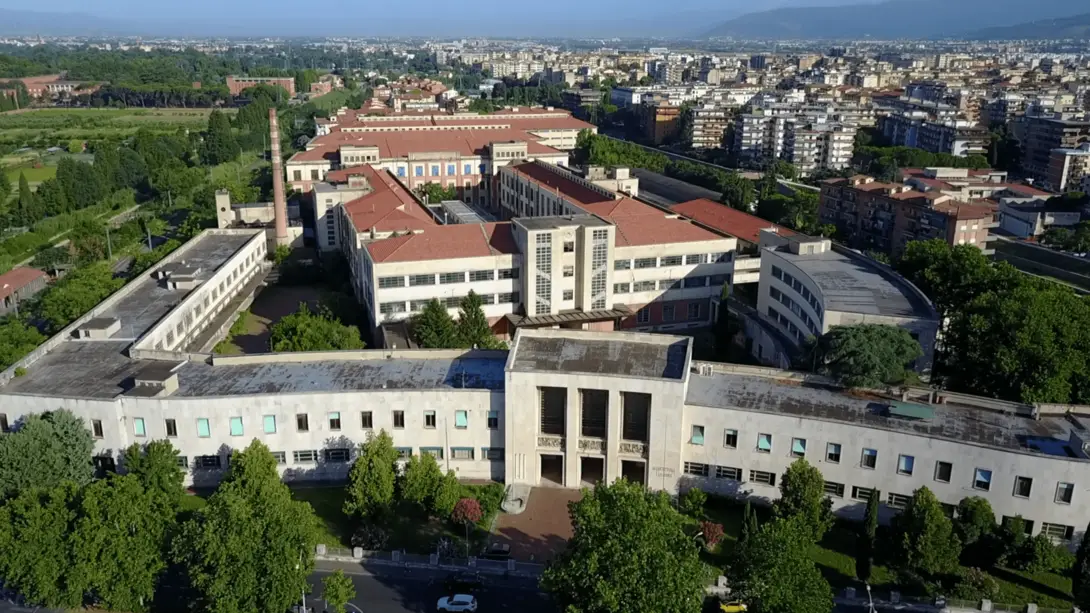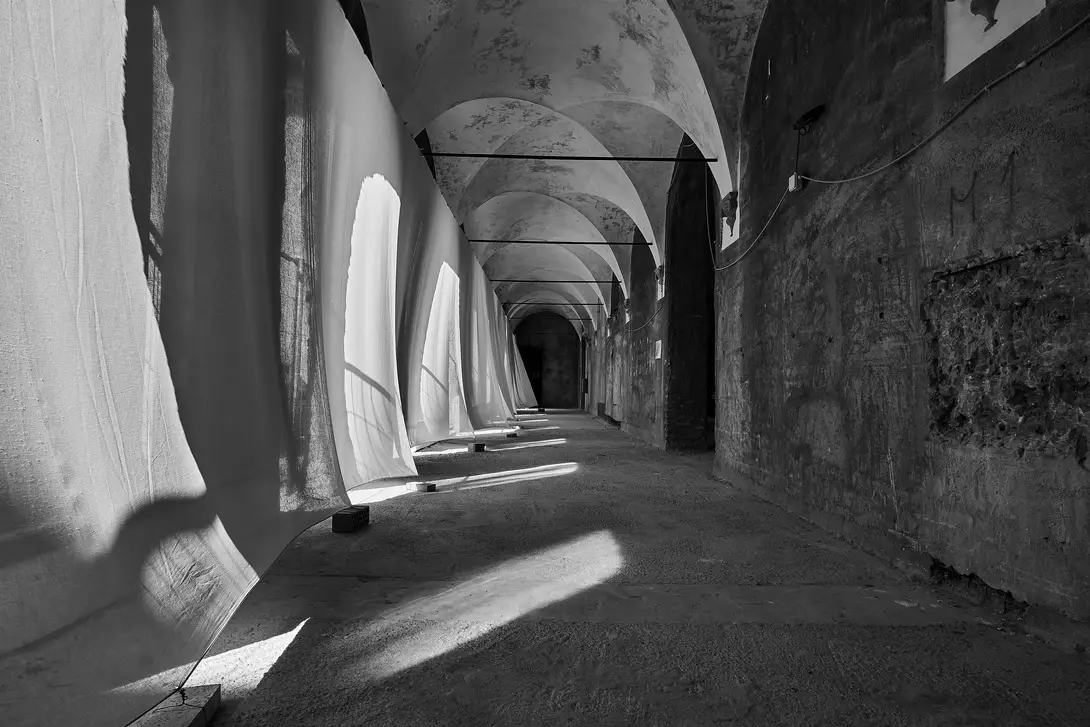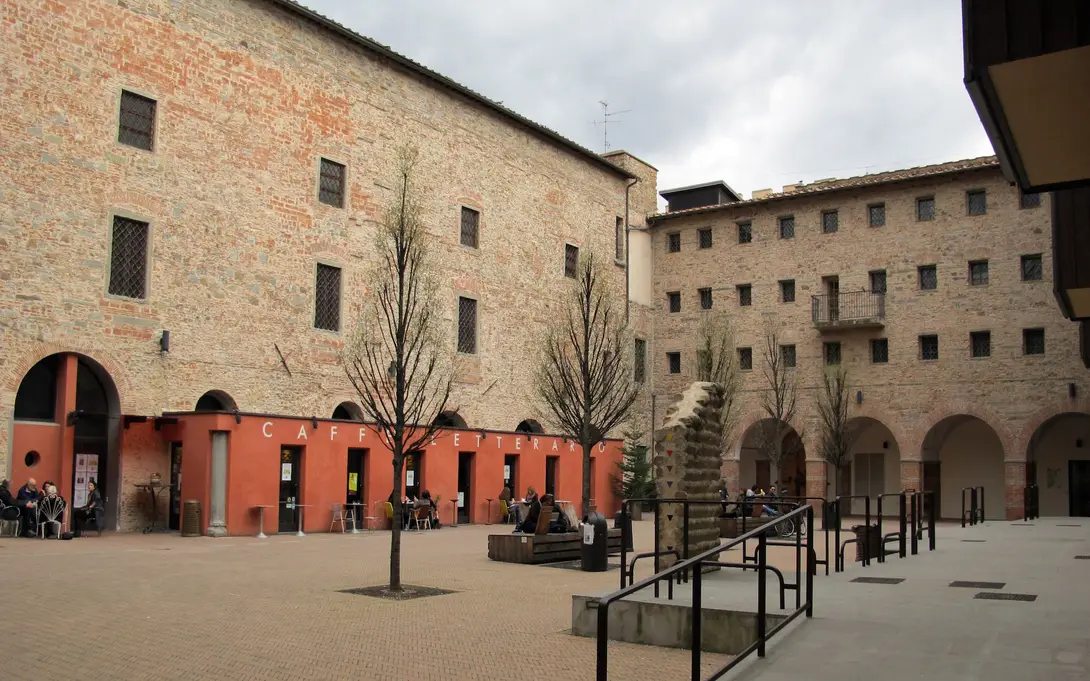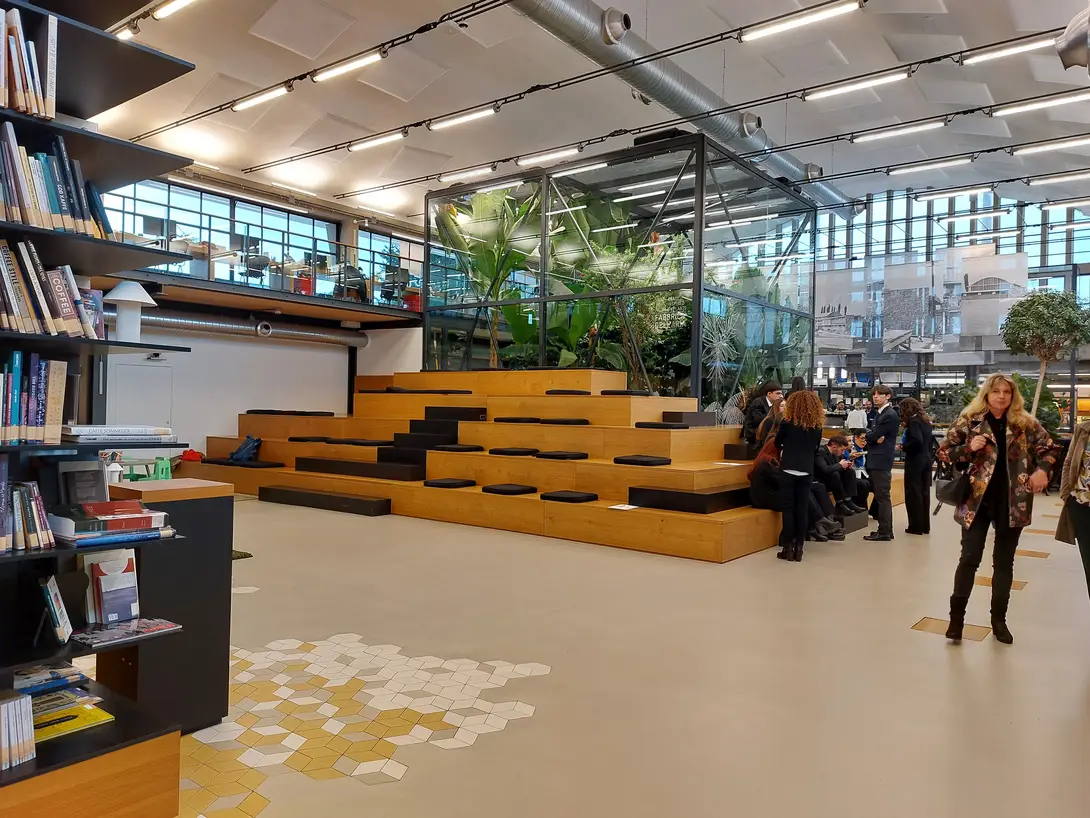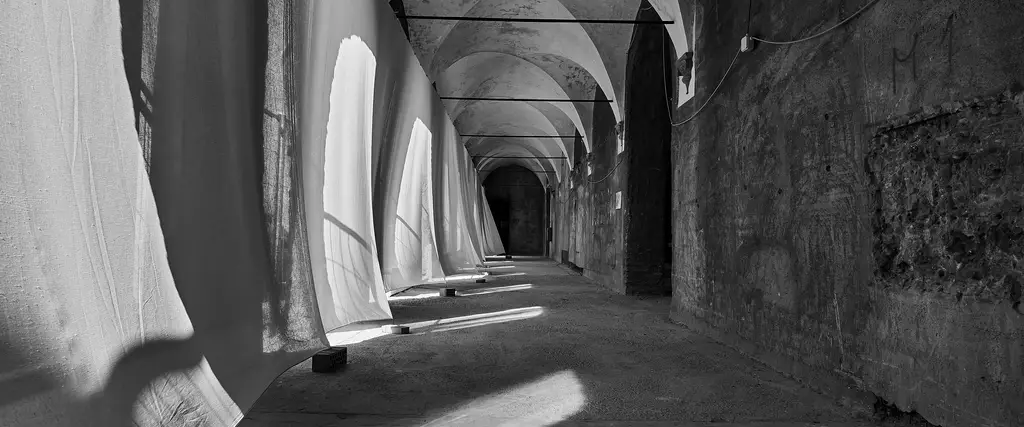
Neues Leben für 4 Orte zwischen Florenz und Fiesole
Jahrelang, manchmal jahrzehntelang, waren sie vernachlässigte Orte, die ihre ursprüngliche Funktion verloren hatten und für die keine Zukunft in Sicht war.
Dann kamen Projekte und Investoren und neues Leben begann, im Zeichen der Modernität und der Stadterneuerung. Das geschieht in allen großen Städten, auch in Florenz.
Diese Route ist all jenen gewidmet, die ein ungewöhnliches Florenz entdecken wollen, sowohl in der Stadt als auch in den Hügeln, um ungewöhnliche, moderne und sogar leicht visionäre Räume zu bestaunen.
Der erste Halt auf dieser Route ist der riesige Raum der Manifattura Tabacchi, am Rande des Parco delle Cascine. Es handelt sich um ein Viertel mit Gebäuden, die einst für die Zigarrenherstellung genutzt wurden und sich in einem Zustand des Verfalls befinden. Nach und nach wird der Raum mit Kultur-, Einkaufs-, Studien- und Privatwohnungen zurückgewonnen. Der Charme des Viertels besteht darin, dass es sein rationalistisches und industrielles Aussehen bewahrt hat, ohne verunstaltet zu werden; es gibt zahlreiche Lokale, die von jungen Leuten aller Nationalitäten besucht werden. Um die lebhaftere Seite von Florenz zu entdecken, lohnt sich ein Besuch.
Weiter in Richtung Zentrum befindet sich ein weiteres großes Gelände, das alte Kloster Sant'Orsola, das später für andere Zwecke genutzt wurde (es war auch eine Tabakfabrik) und dann lange Zeit auf seine Bestimmung wartete.
Jetzt aber blüht Sant'Orsola im Gebiet von San Lorenzo wieder auf: Die Strukturen bleiben erhalten bzw. werden wiederentdeckt, aber auf dieser Grundlage wird Neues geschaffen, um es zu einem großen Kultur- und Forschungszentrum zu machen. Die Arbeiten sind im Moment noch im Gange, aber man sollte sie im Auge behalten, denn die Eröffnungen sind häufig.
Das Murate-Gefängnis war ebenfalls ein Kloster, wie sein Name verrät; es wurde verlassen, als die Strafvollzugsanstalt aus der Stadt wegzog, und hat eine kluge Renovierung erfahren, in der junge Unternehmen, Start-ups und kulturelle Einrichtungen Platz gefunden haben; nicht zu vergessen die Wohnungen für Bürger und Gemeinschaftsräumen. Wir sind nur einen Katzensprung von Sant'Ambrogio und Santa Croce entfernt, und auch hier, auf den beiden neuen Plätzen, die an der Stelle der ehemaligen Innenhöfe entstanden sind, herrscht eine lebendige Atmosphäre.
Der letzte Ort liegt an der Via Bolognese, gehört zur Gemeinde Fiesole und war früher eine Fabrik für die Espressomaschinen, La Marzocco. Nach der Wiederherstellung der Industrieräume entstand ein Zentrum, die Accademia del caffè espresso, wo die Kultur dieses für Italiener so wichtigen Getränks vermittelt wird.
Neben Räumen für Workshops, Präsentationen und Ausstellungen gibt es auch eine kleine thematische Bibliothek und ein historisches Archiv sowie eine Indoor-Plantage... ein Muss!
Comune di Firenze
Die Orte
Etappen
Manifattura Tabacchi
Die Manifattura Tabacchi ist ein ehemaliges Industriegebiet von 100.000 qm in der unmittelbaren Nähe des historischen Zentrums von Florenz. Der Komplex beherbergt 16 Gebäude, die elegant angeordnet sind, um eine Vielzahl von Plätzen, Strassen und Passagen zu schaffen. In den 30er Jahren von dem Ingenieur Pier Luigi Nervi erbaut, stellt die Manifattura eine der bedeutendsten Ausdrucksformen des italienischen Rationalismus dar. Bis zu seiner Schließung im Jahr 2001 wurde die Produktion von Zigarren und Zigaretten aufgenommen.
Das Sanierungsprojekt sieht die Sanierung und Erhaltung des Gebiets vor, wobei seine Einzigartigkeit und seine historische Bedeutung hervorgehoben werden. Mit einem innovativen Prozess der Stadterneuerung bietet sich die Manifattura Tabacchi als neuer Anziehungspunkt für zeitgenössische Kunst, Mode, Ausbildung und neue Trends im Handwerkskunst an.
The Sant'Orsola (Saint Ursula) Complex
The Sant'Orsola Complex, located in the San Lorenzo district, is undergoing a phase of recovery and re-functionalisation on the basis of an agreement that regulates, for the next 50 years, the use of the spaces of the former convent in the heart of Florence's historic centre.
Since it occupies an entire block, the project envisaged that the three courtyards (the Cortile dell'Orologio, the Cortile della Spezieria and the Cortile del Tabacco) as well as the access points from the four streets, which are Via Guelfa, Via di Sant'Orsola, Via Taddea and Via Guelfa, would be public spaces.
The street gives access to the ground floor, which is conceived as an extension of the district and the city's functions, while the upper floors are intended to accommodate training and professional development activities.
Public functions will include a museum dedicated to the history of the complex, a Professional Training Centre with meeting rooms open to the city, spaces for start-ups, a guesthouse, a playroom for children and a library.
Part of the large complex will instead be devoted to artists' residences, and craft professions, with appropriate exhibition spaces.
The history of the former convent in a nutshell:
1309 foundation of the Benedictine convent and St Ursula's Church
1327 to 1627 various extensions of the convent
1773 suppression by Leopold of Lorraine of the religious companies
1808 suppression by Napoleon's edict and transfer to the state property ends religious function
from 1816 to 1818 it was converted into a tobacco factory (later transferred to the Nuova Manifattura in the Cascine area in 1940)
from 1945 to 1968 the premises are first used as a shelter for Istrian exiles and evictees and then later abandoned
1975 concession of the complex by the State Property Office to the University for a project to build accommodation and services for students
1985 project and work to adapt the complex for use as the Guardia di Finanza headquarters
2009 transfer of ownership from the State Property Office to the Province, then to the Metropolitan City of Florence
Le Murate
In the former Florentine prison of the Murate, in the area between Santa Croce and the viali di circonvallazione (ring roads), an urban upgrading plan has been implemented on the basis of a project by architect Renzo Piano. The result of that has been the creation of a housing complex, two new squares (Piazza Madonna della Neve and Piazza delle Murate), a covered gallery where visitors can find art galleries, a book shop and the well-known Box Office, besides two popular bars, a pizzeria restaurant and a Literary Café.
Accademia del Caffè Espresso
In Pian di San Bartolo (Fiesole), the building that was once the seat of “La Marzocco”, the prestigious factory that produces coffee machines, today houses the Academy of Caffè Espresso, a cultural center promoting this important aspect of Italian tradition.
Thanks to an ambitious restoration program aimed to give a new life to industrial areas, the former factory today houses laboratories, a thematic library, as well as social and exposition spaces. The interactive exhibitions alternating during the year all revolve around coffee: from the history of its production, to the lives of women and men who contributed to the diffusion of this worldly beloved beverage.
The Academy organizes courses, tastings and guided tours, in Italian and in English.
The building also features a beautiful “Air Factory” (designed by neurobiologist Stefano Mancusa), an air purification system that was made within the existing coffee plantation so that now it’s coffee plants that clean the Academy indoor air.
